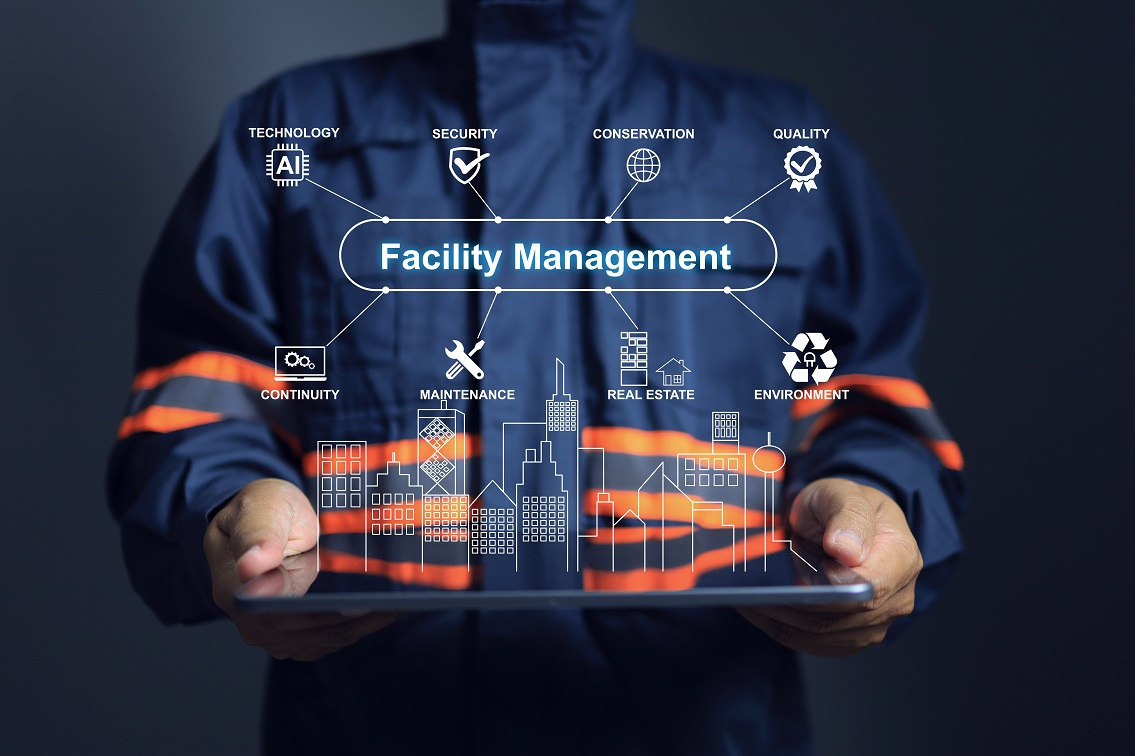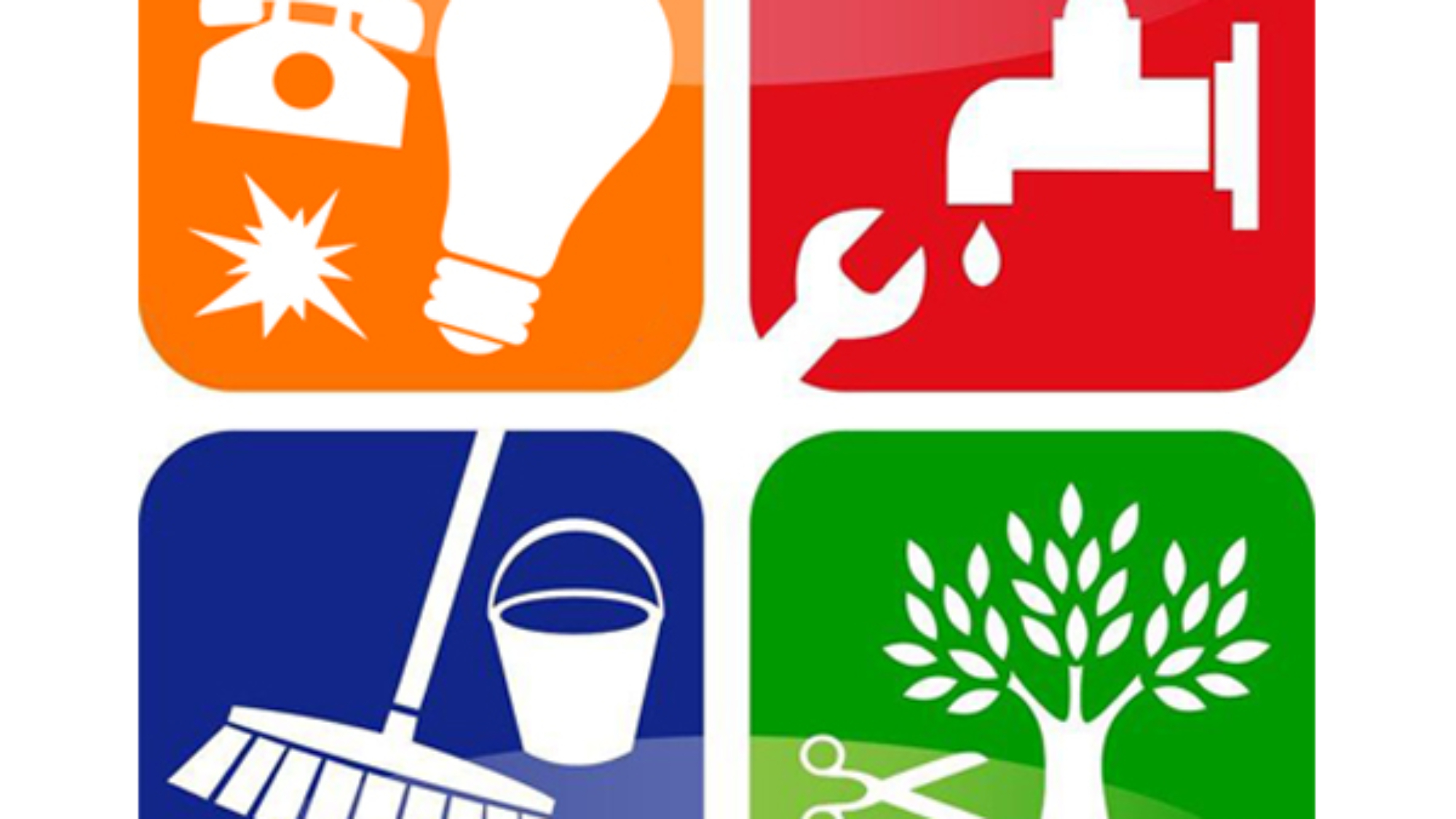Why Facility Management is Important for Property Longevity
Wiki Article
The Necessary Guide to Facility Administration: Strategies for Success
Center management plays a vital role in the overall success of an organization, serving as the foundation that supports security, productivity, and efficiency. The nuances of reliable facility administration prolong past plain logistics and require a thorough understanding of both quantitative and qualitative metrics.Comprehending Center Administration
What makes up effective center monitoring? Effective center monitoring encompasses the control of numerous organizational functions to make certain that built environments are risk-free, reliable, and for efficiency. It incorporates the concepts of style, design, and organization administration to develop a smooth operational flow within a company.Key components of center administration consist of room preparation, maintenance management, and conformity with health and wellness and safety and security laws. Area planning concentrates on optimizing making use of physical sources to support business goals, while maintenance monitoring makes sure that facilities are kept in optimum condition, making the most of life expectancy and minimizing operational prices. Conformity with regulatory and legal requirements is important, as it safeguards the company versus possible responsibilities and enhances its online reputation.
Moreover, efficient center management relies upon the critical usage of technology, such as Structure Monitoring Systems (BMS) and Computer-Aided Center Management (CAFM) tools. These modern technologies assist in real-time surveillance of structure systems and enhance upkeep processes (Facility Management). Inevitably, an extensive method to center monitoring not only advertises functional effectiveness yet likewise fosters a favorable environment for staff members and site visitors alike, driving overall business success

Key Strategies for Optimization
Enhancing center monitoring calls for a tactical strategy that aligns operational techniques with organizational goals. To attain this, the very first essential method is the application of integrated technological remedies. Using sophisticated software program systems enables real-time monitoring of center procedures, facilitating data-driven decision-making and enhancing total efficiency.Secondly, routine analyses of center efficiency are crucial. Conducting routine examinations and audits makes it possible for center managers to determine locations that require renovation, making certain that sources are designated effectively. This positive method aids in decreasing downtime and boosting service distribution.
Another critical strategy is cultivating cooperation across departments. By urging open interaction between teams, facility supervisors can much better align their methods with organization objectives, leading to improved functional synergy. In addition, involving personnel in training programs advertises a culture of accountability and improves their capability to add to optimization initiatives.
Enhancing Security Methods
Reinforcing security methods is important for developing a protected setting within facilities. An extensive safety protocol not only safeguards workers and site visitors but likewise enhances functional performance. Facility Management. To accomplish this, facility supervisors need to perform normal risk evaluations to make certain and determine prospective threats that ideal measures are in location
In addition, clear interaction networks have to be established to report safety worries immediately. This includes creating an obtainable platform for employees Click Here to articulate possible threats or occurrences without fear of . In addition, leveraging modern technology can enhance safety and security procedures; as an example, carrying out monitoring systems and gain access to controls assists keep an eye on facility activities and restrict unapproved entrance.
Lastly, conformity with local regulations and sector requirements is non-negotiable. Routine audits and testimonials of security protocols make sure alignment with existing regulations and finest methods. By focusing on these techniques, center supervisors can grow a culture of safety that shields all stakeholders and inevitably adds to the company's success.
Improving Workplace Environment
A positive office atmosphere considerably enhances worker morale and performance, making it a crucial focus for center management. To develop such an atmosphere, facility managers must prioritize a number of crucial elements, consisting of functional designs, appearances, and staff member involvement.Ergonomic factors to consider are crucial to lessen physical strain and pain. This includes supplying adjustable furniture, appropriate lights, and appropriate area for activity. These changes can bring about minimized absenteeism and raised work fulfillment.
Looks play an essential function in forming the office environment. Making use of color psychology, all-natural lighting, and greenery can foster a inviting and stimulating environment. Thoughtfully created spaces can improve creativity and enhance general wellness.
In addition, encouraging employee involvement with inclusive decision-making procedures can enhance the sense of ownership and belonging. Collecting feedback on workplace improvements and including employees in the style procedure can result in a more customized atmosphere that satisfies their requirements.
Last but not least, promoting Go Here health initiatives, such as health cares and relaxation areas, can better add to a supportive office society. By concentrating on these approaches, center supervisors can successfully enhance the workplace setting, driving both staff member fulfillment and business success.
Measuring Success in Facilities
Gauging success in facility management requires an extensive technique that reviews both qualitative and measurable metrics. Quantitative metrics usually include vital efficiency indicators (KPIs) such as space application prices, energy consumption, upkeep prices, and occupancy levels. These metrics offer a internet clear photo of functional performance and economic performance, allowing center managers to recognize locations for renovation and standard versus industry standards.Qualitative metrics, on the other hand, concentrate on individual satisfaction and staff member involvement. Surveys and responses mechanisms can determine exactly how well the facilities fulfill the requirements of passengers, helping to assess the overall office setting. This aspect is vital, as a completely satisfied labor force is often linked to enhanced efficiency and retention prices.
To effectively gauge success, facility supervisors should likewise consider integrating technology, such as building monitoring systems and information analytics tools, to accumulate and evaluate pertinent data. Frequently assessing both collections of metrics enables an extra balanced view of efficiency and educates calculated decisions. Ultimately, a successful facility monitoring strategy hinges on a commitment to continual enhancement, making sure that both functional efficiencies and user contentment are focused on.

Final Thought
In conclusion, effective center monitoring is essential for enhancing business performance. Prioritizing safety protocols and improving workplace environments even more contribute to increased employee complete satisfaction.Center monitoring plays a vital duty in the general success of an organization, offering as the backbone that supports safety, effectiveness, and efficiency.Key elements of facility management consist of room planning, upkeep administration, and compliance with health and wellness and safety guidelines.Moreover, effective center administration counts on the tactical usage of innovation, such as Structure Administration Equipment (BMS) and Computer-Aided Facility Administration (CAFM) devices. Ultimately, a thorough approach to facility monitoring not only advertises functional efficiency however additionally cultivates a positive environment for staff members and visitors alike, driving general business success.
Ultimately, an effective facility administration strategy pivots on a dedication to continuous improvement, ensuring that both operational effectiveness and customer fulfillment are focused on.
Report this wiki page